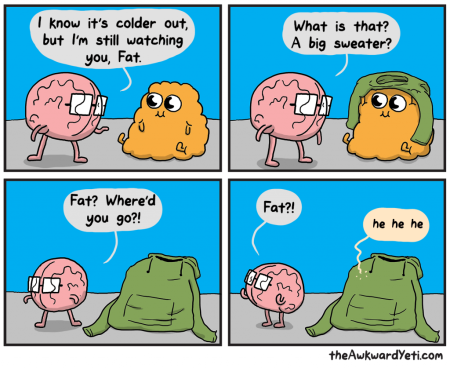Dear Journal, Trends used to turn novices into experts. So when did a pandemic become trendy?
A few weeks ago, I was browsing my facebook feed, when I came across one of my aunts posting about how two months earlier she found only two articles online about how to make a homemade mask. She followed that up with saying that two days prior, everyone seemed to be an expert in this rare technique.
I’ve also started to notice an interesting situation – really it’s one that has been around for a while when it comes to interior design – but it seems to be heightened even more now that many of us are still hanging out (or stuck) at home; and that’s the ability to think we know more than what we actually do.
Now, I wrote a post a while ago (which got lost in the great data loss of 2019) where I discussed the differences between an interior decorator, and an interior designer. By definition, there is a difference, and I will make sure to re-write that post to express the clarification that is so desperately needed. But, to put it simply, an interior designer is someone who goes through an accredited program and, as a bonus, has passed their exams to be a registered Interior Designer. An interior decorator, on the other hand, is more like someone who has skills, who may have some knowledge in certain aspects, but is still the “apprentice” or “hobbyist”. Not to get too caught up in this topic, I bring it up because I am seeing a similar role play when it comes to the industry knowledge surrounding the Coronavirus and “solutions”.
So many articles are coming out by individuals and firms on how they will fix this space or that space post COVID. And, frankly, even if you have been in the industry for years, you can’t assume you are at a master-level without the data to back it up. I am seeing talented designers think like developers in the stress of this pandemic.
How do we fit more patients in this space?
How can we cluster more in this zone?
I worry that even though our design process had already been moving very fast, this need for speed in output is creating inhumane environments. There is so much research about how a space can be healing, and this little virus has clearly erased all that knowledge out of the minds of these designers in order for them to appear the most quantitatively supreme. They are designing for what they think is correct, without understanding what is truly needed.
I write this post in hopes of documenting a pause in our methods. No matter if you are an interior designer, or an interior decorator, there is always room to take a moment, assess the needs, and learn before you go. No one can become and expert at something overnight, so we need to stop a moment, and be warry of the situation.
Items shared
- As cities scramble for hospital beds to treat COVID-19 patients, Leo A Daly offers a hotel-to-hospital solution on Building Design + Construction
- JUPE Health Designs Mobile Units to Address Hospital Bed Shortage from COVID-19 on Arch Daily
- How Long does Coronavirus Survive on Everyday Surfaces? on Arch Daily
- Creating Temporary Isolation Zones with Emergency Retrofits of Hospital Wards by RWDI
- Projections that show when hospitals will likely become overloaded
- AIA task force seeks designs of COVID-19 alternative care sites

